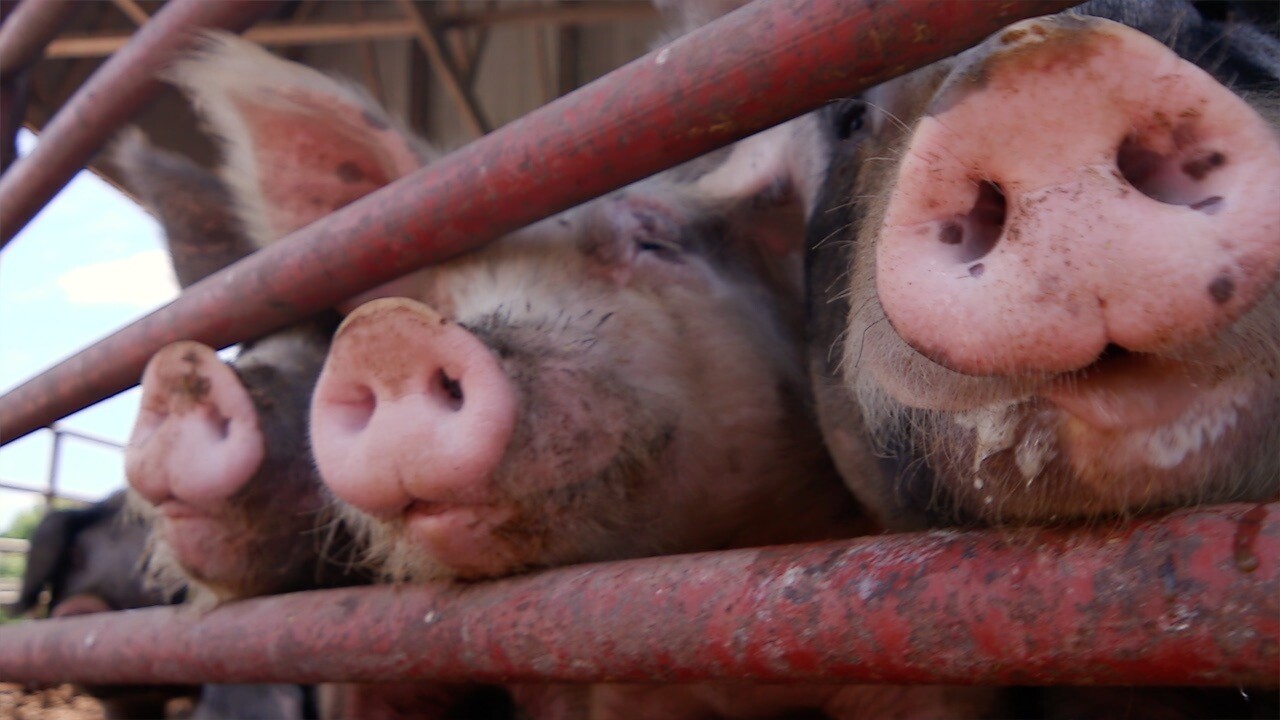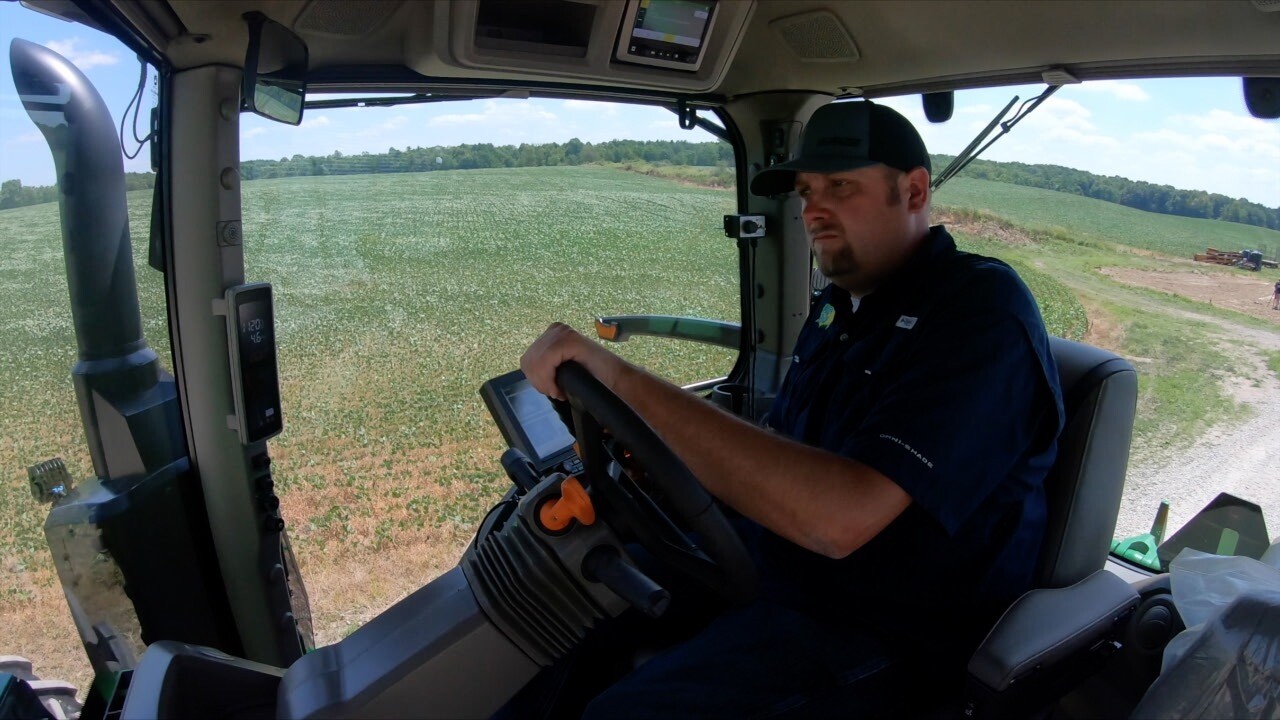The sweeping fields, waving in the wind. For so many, farming is a way of life.
“It’s just in their blood, it’s what they were born to do,” said Ty Higgins with the Ohio Farm Bureau.
Here at Arters Farms, established in 1832, Steve Arters has held the reins for the last five decades, passed on from his dad, who inherited it from his dad — 1,200 acres in Medina County of corn, soybeans, wheat and a little livestock.

“It’s been ups and downs,” Steve said. “There’s been hard times, good times, hard times, we’ve been through it all.”
“What would you call these times?” we asked.
“Oh, these times? It’s okay. These are okay times. The last couple years were really good; we had good crops, good yields, good prices,” Steve said.
But as inflation impacts all of us — higher grocery bills, higher gas prices, higher home costs and rents — farmers are seeing their costs triple, sometimes quadruple.
“We’re seeing the same thing only worse,” said Tyler Arters. He is taking over the farm from his father, but full-time farming, he says, is becoming a thing of the past.
Tyler works on the farm while also working his full-time job.
“The land is shrinking so there’s not as much land to farm,” Tyler said, and what land there is, he explained, is getting too expensive to buy.

“They’re not making any more farmland,” said Ty Higgins. “So when you see land being developed, that’s land that’ll never be in agricultural production again.”
In fact, the American Farmland Trust says Ohio is one of the top 10 states in the country with farmland being developed for other uses.
“Everything that goes into crop production in Ohio and across the Midwest, everything that a farmer needs has gone up compared to last year,” Higgins said.
The Arters say their fertilizer and chemical costs have increased two to three hundred percent; equipment is up 20%.

“I’d say the biggest challenge has been the fuel prices,” Steve said. “It costs $1,200 to fill up the tractors up, every day. Not just once, every day.”
Before, it was about $400 a diesel fill-up.
And these rising costs are eating away at their profits, because as Steve says, they can’t pass their costs on to the next guy.
“We cannot increase our prices, we get what Chicago Board of Trade gives us,” Steve said, explaining how prices for their crops are set.
And just as those higher prices you’re seeing at the grocery store are hurting your bottom line, they’re hurting farmers and their families too.
“Farmers not getting rich off those prices,” Higgins said. “A farmer is a price taker, not a price maker.”
But despite the challenges — this year and every year — the crops are in the ground and growing.
“Farmers are the most resourceful and resilient you will find, so they’ll figure out a way to make it work,” Higgins said.
Fifty percent of Ohio is still farmland. Half our state — waving fields of wheat, soybeans, and corn.
And the people who work on them, with all the good times and bad times, say they would never be anywhere else but right there.
“It’s the way of life. Couldn’t do anything else,” Tyler said.

This story is part of our "Two Americas" coverage, focusing on the many different sides to our country, the America you know and the one you might not. See more local "Two Americas" stories below:



